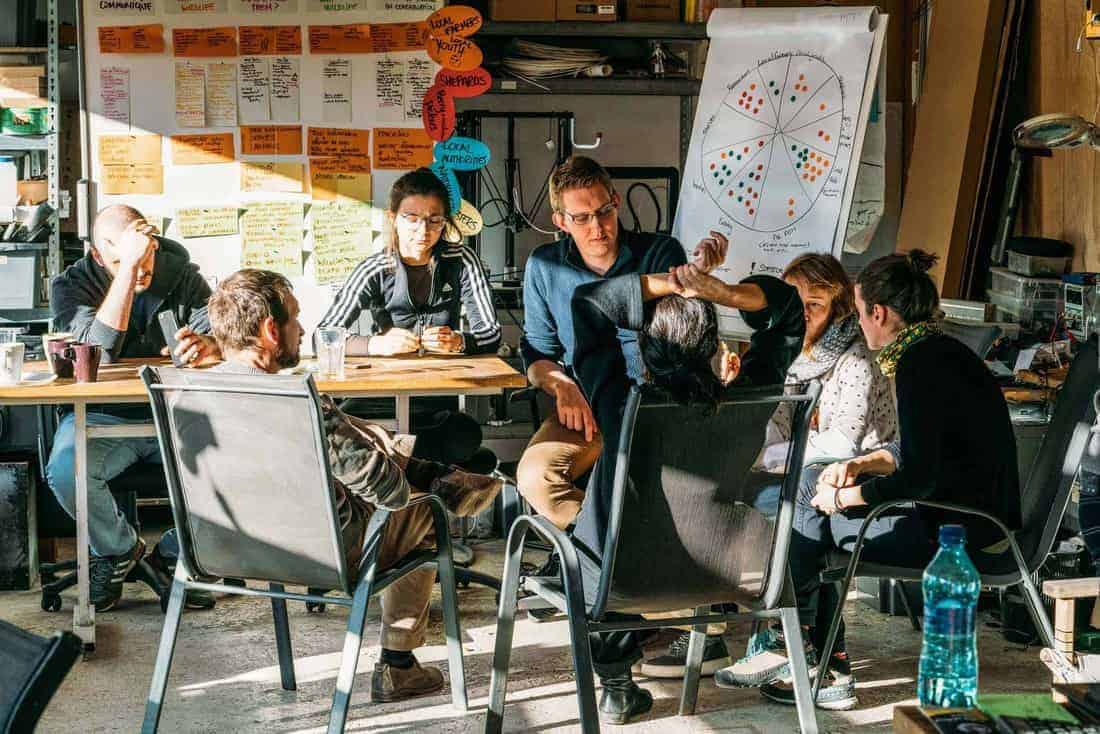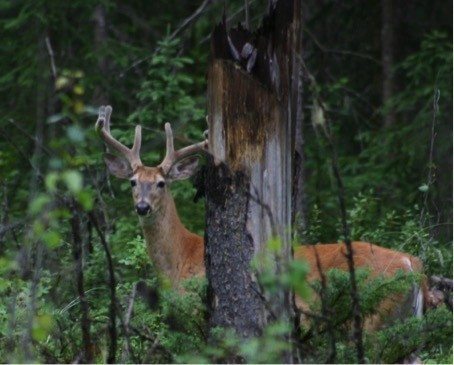Innovative technology for nature conservation
Last week, European Wilderness Society joined an event from WWF Romania in Bucharest. The event was a so-called hackathon. That means, you bring together a group of multidisciplinary people to tackle a challenge, over the course of multiple days. In this case, a range of different organisations and companies attended the event, including WWF Romania, WWF Spain, WWF UK, Flora and Fauna International, ESRI, Modulab and the European Wilderness Society. The four-day hackathon focused on the human-wildlife and monitoring conflicts with a reintroduction project of the European bison in western Romania.
Please also read: International platform for nature conservation
The Bison Hillock
The project is carried out in the field by a team of WWF Romania, supported by the organisation Rewilding Europe. Over the course of several years, the team reintroduces European bison into the Tarcu Mountains. Bison used to live here 100 years ago. The European Wilderness Society’s Wildlife biologist participated in this project as an intern in 2016. Now, he joined the meeting to contribute with local knowledge and insights in ecology and nature conservation.
The area where the reintroduced bison are now roaming, has scattered meadows, orchards and farms throughout the valleys. As a result, some bison move down in winter from the mountainous slopes towards these areas to find food. Therefore, bison cause local conflicts with landowners, a challenge that WWF Romania likes to solve.
Technical challenges
The participants joined with different backgrounds. For example, biologists, ecologists, wildlife conflict consultants, social researchers, GIS experts, technological entrepreneurs and and range of involved people came together. In the first part of the hackathon, the participants identified and discussed roles and relations of different local stakeholders. This was followed by a brainstorm session on the ideal solution for the current challenges of monitoring in the mountainous area. Finally, the group elaborated and presented prototypes and ideas to the bigger audience. The result is a clear plan to use cheap, lightweight and efficient sensors in a new tracking system. Starting early next year, WWF Romania will perform feasibility studies in the field to determine the best ways of implementation.
The European Wilderness Society thanks WWF Romania for the invitation. We are looking forward to the successful outcomes of the project. If you would like to read more about the project itself, click here (Romanian). Another thanks to Daniel Mîrlea, wildlife photographer for WWF Romania, who shared some of his pictures with us from the hackathon.









